The Silverlands: Buxton FC
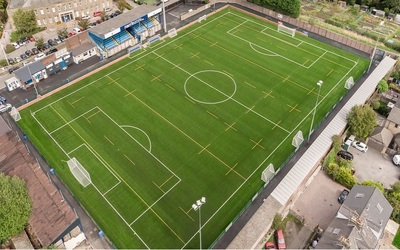
From Buxton FC
There is perhaps no greater sign of how non-league Buxton are than the fact that club’s stadium was originally a field that was owned by the then-captain when it opened in 1884. Frank Drewry allowed the club to use his land rather than continually bounce around from place to place, which is what they had been doing before then. The first match was held on the field on the first of November 1884, which was a 2-0 win for the home side against Bakewell in the Derbyshire Cup. Obviously countless changes, improvements and modernisations have taken place since then, but it remains a relatively basic place, all things considered.
As for Buxton Football Club, the side was formed in 1877 and was, as with many clubs back then, formed as an offshoot of the cricket club in order to keep the players fit during the winter months. The club’s formative years were spent bouncing around many of the lower divisions of the English game, from the Combination to the Manchester League. That league was eventually disbanded in 1912, but Buxton re-joined it when it was reformed eight years later. The club has enjoyed some relative success over the years, although it is obviously never going to be on the same level of the likes of Liverpool, the country’s most successful side.
Stats
| The Silverlands Stats | |
|---|---|
| Year Opened | 1884 |
| Capacity | 4003 |
| Average Attendance | 678 |
| Record Attendance | 6000 ( Buxton vs Barrow (1962-1963)) |
| Pitch Size | 101 x 64 (6464) |
| Owner | Buxton FC |
| Sponsor | Tarmac |
| Clubs Hosted | Buxton FC |
| First Fixture | Buxton v Bakewell (01/11/1884) |
| Buxton FC Stats | |
|---|---|
| Year Founded | 1877 |
| Nickname | The Bucks |
| Club Mascot | Bucky |
| Rivals | Alfreton Town, Leek Town |
| Previous Stadiums | The Park, Cote Lane, London Road and Green Lane |
| Kit | Blue & White (Home) / White with Blue (Away) |
| Training Ground | Buxton FC Academy |
| Shirt Sponsor | Marshalls |
| Team Owner | David Hopkins |
| Record Goalscorer | Mark Reed (251) |
| Record Appearances | David Bainbridge (642) |
The Silverlands Photos
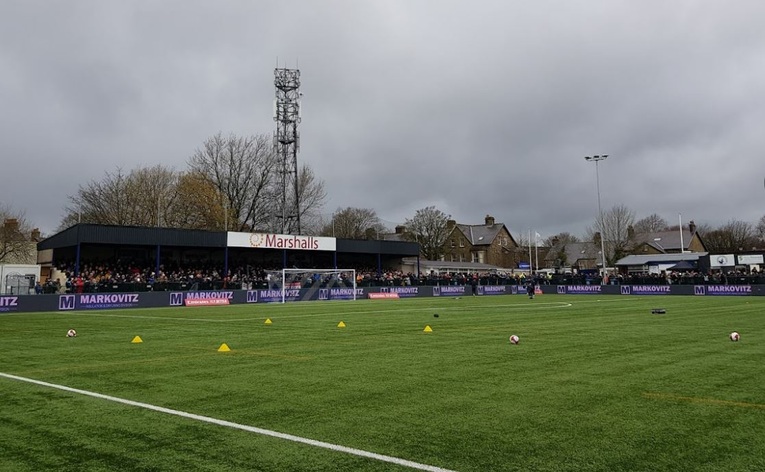
Credit: Stevo Guitaro
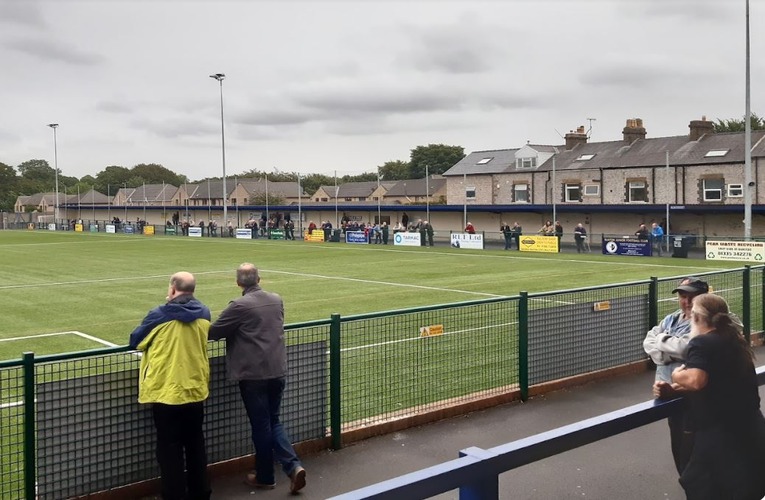
Credit: Steven Rowlands
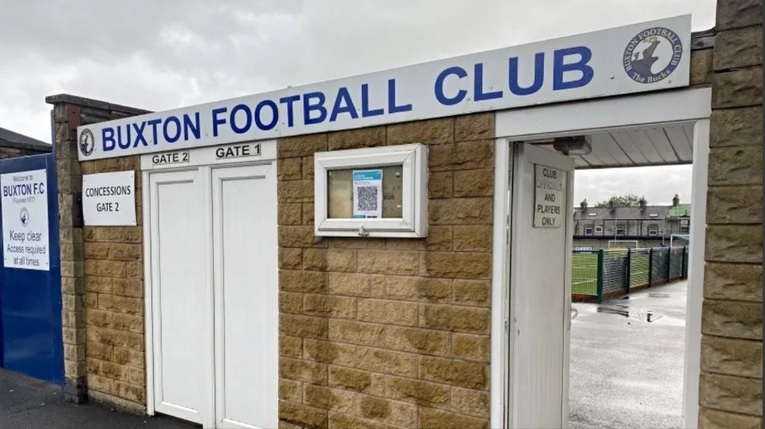
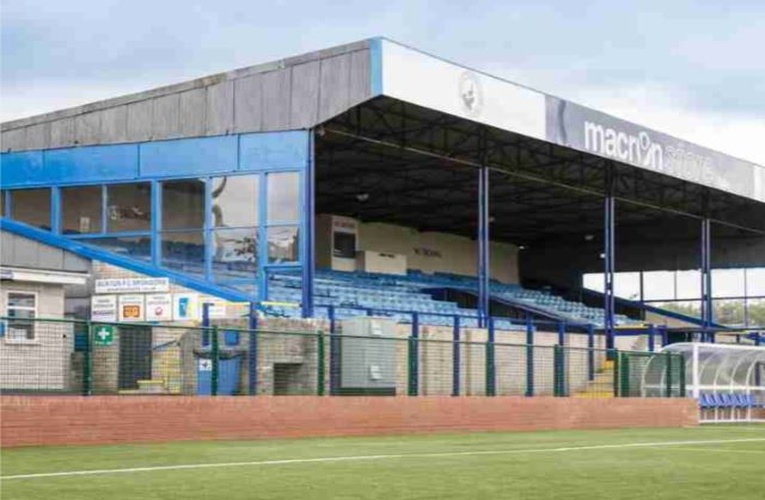
The Silverlands Seating Plan and Where to Sit
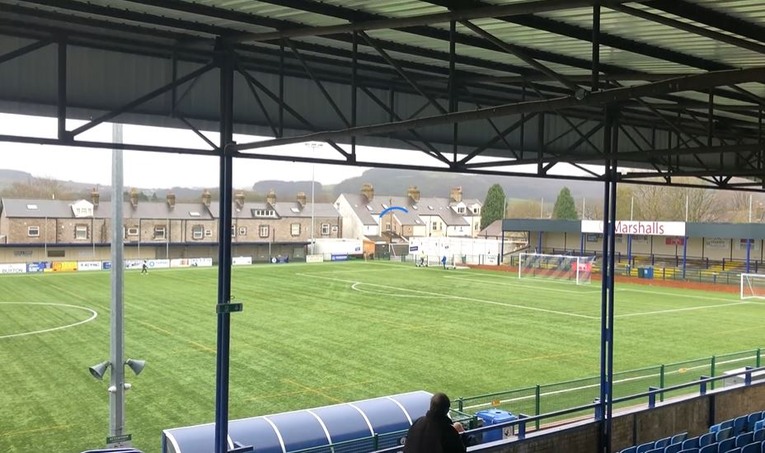
The Silverlands is one of the bigger and better stadiums in the league.
A 500 seater main stand runs along one side of the pitch while covered terraces known as The Shed sit opposite, and any areas around the stadium that are not part of a stand are available for standing.
The covered Railway End stand sits behind one of the goals, while at the other end is uncovered standing space.
Buxton FC Ticket Prices
It is fair to say that Buxton look to make things as simple as possible for football fans, offering only General Admission tickets rather than splitting costs up according to the different parts of the ground. The only difference in terms of what you’ll pay is down to your age and circumstance. Here is a look at how the ticket prices were broken down for the 2023-2024 season:
- Adult – £15
- Concession – £10
- 16-21-year-olds – £5
- 5-15-year-olds – £2
- Under 5s – Free
For what it’s worth, the same pricing structure is in place for away supporters.
How To Get Buxton FC Tickets
Lower league clubs know that the best way to appeal to modern football fans is to make their matches as appealing and easy to attend as possible. With that in mind, Buxton work hard to ensure that their website is easily accessible, offering the chance to buy tickets for their games online. You can usually get tickets at the ticket office too, should you wish to.
Where to Buy
Getting To The Silverlands
Train – If you’d like to get the train to Buxton then the good news is that the train station is located close to the heart of the town. It means that you’ll have a walk of about ten minutes if you decide to head to the stadium that way, so you can take a leisurely stroll along and maybe stop for a drink along the way.
Bus – If you’re more of a bus person then a walker then you’ll be able to jump on the likes of the 442, which stops a short walk from the ground.
Car – How you’ll get to Silverlands in the car will depend on where you’re coming from. If you’re on your way from the Matlock or Bakewell area then you’ll want to get on the A6 before changing to the B5059 then the A515 before following the signs. Those coming from Manchester will do similar, taking the A6 from the junction with the M53. If you’re coming from the Leek and Macclesfield direction, though, you’ll want to enter the town on the A53 junction with the B5059, moving onto the A515 and looking out for the stadium as you get closer.
By Air – The bad news for anyone flying into the country in order to see a Buxton match is that the nearest airport is Manchester Airport. You may, therefore, want to think long and hard about whether you really want to go or would prefer to spend your time dipping your genitals in vinegar.
Taxi – If you want to get a taxi from the train station out to the football ground then the likelihood is that you’ll be having the pay the minimum spend, rather than than it costing you much more than that. It is only a three minute or so journey, so if you’re charged more than £5 then you might want to ask some questions.
Parking Near The Silverlands
There isn’t really any parking for anyone at the stadium itself. As a result, you’ll want to have a look at some of the parking places in the centre of the town. The Market Place car park is Pay & Display, so you’ll be able to stick your vehicle in there without paying through the nose for the privilege. You can, of course, take your chances with on-street parking, but make sure to look out for restrictions.
Useful Resources
- Parking - Just Park
Pubs and Bars Near The Silverlands
Old Club House
Kings Head
The Railway at Buxton
About Buxton FC
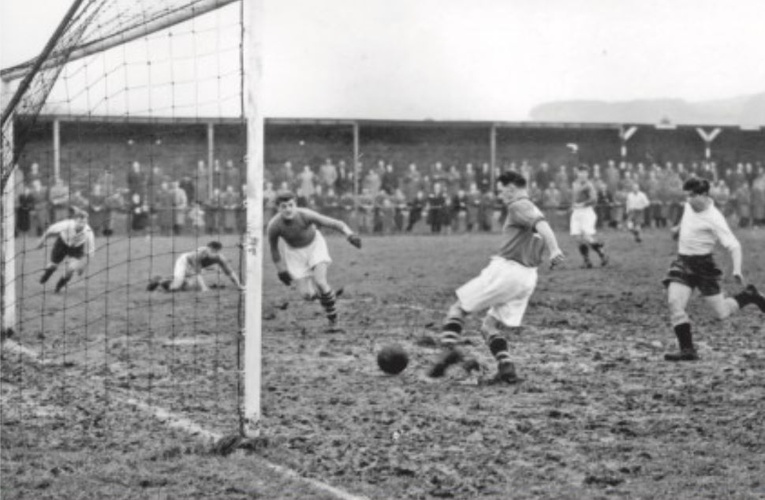
It was commonplace for cricket teams in the 19th century to look for ways to keep their players fit during the winter months. This was long before the days of things like indoor cricket or artificial grass that could be played on whatever the weather, so many decided to set up football clubs. So it was that Buxton FC was formed in the autumn of 1877, with games being played in numerous different locations around the Buxton area. The side joined the Combination in 1891, finishing bottom of the division in 1895-1896 and then eventually deciding to leave in 1899, switching to the Manchester League.
Whilst they managed to finish as runners-up in 1905, their success in this league wasn’t much better than in the Combination, finishing second from bottom three times. The league was disbanded in 1912 and reformed in 1920, with Buxton once again finishing as runners-up a couple of times. The club reached the first round of the FA Cup in 1951-1952 and then did so again seven years later. As you might imagine for a small side, Buxton have been fortunate enough to enjoy some minor successes over the years, winning the likes of the Northern Premier Division, the Northern Counties East League and the Derbyshire Senior Cup.
The Silverlands History
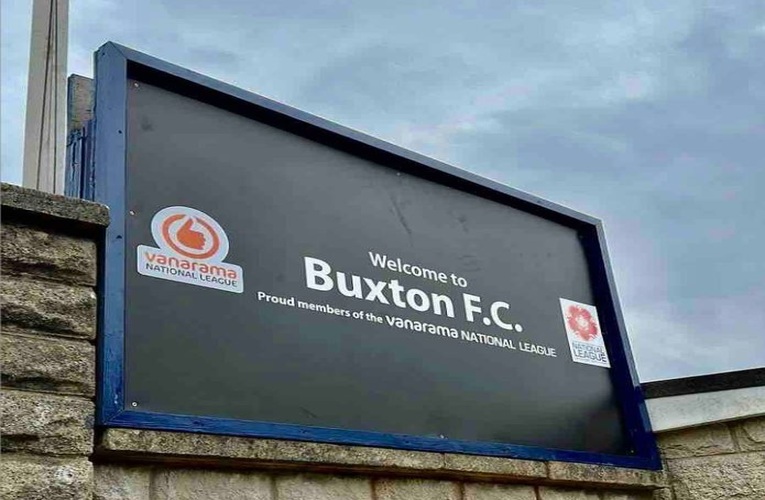
In spite of the fact that the stadium that Buxton plays its home games in was first opened in 1884, there is surprisingly little to tell you about it. That is, in many ways, a sign of how the club has spent most of its existence in the lower leagues of the English game, rarely needing to make changes in order to play football higher up. Having played at various different locations in the club’s more formative years, the captain decided to allow games to be played on a field that he owns in 1884. This became Silverlands, which is currently known as Tarmac Silverlands thanks to a sponsorship agreement that is in place.
The spectators first received some cover in 1890, with suggestions being made that an alternative pavilion for working class supporters should be built that were never carried out. In 1965, a new main stand was built in order to replace the wooden stand that had existed before. On the opposite side stands this Popular Side, which is a covered terrace. There is a covered terrace behind one of the goals but not the other. With a capacity of 4,000 at the time of writing, Silverlands promises seating for 490 people and covering for around 2,500. The biggest claim to fame is that the ground is the highest ground in England, standing at 310 metres, or 1,020 feet, above sea level.
